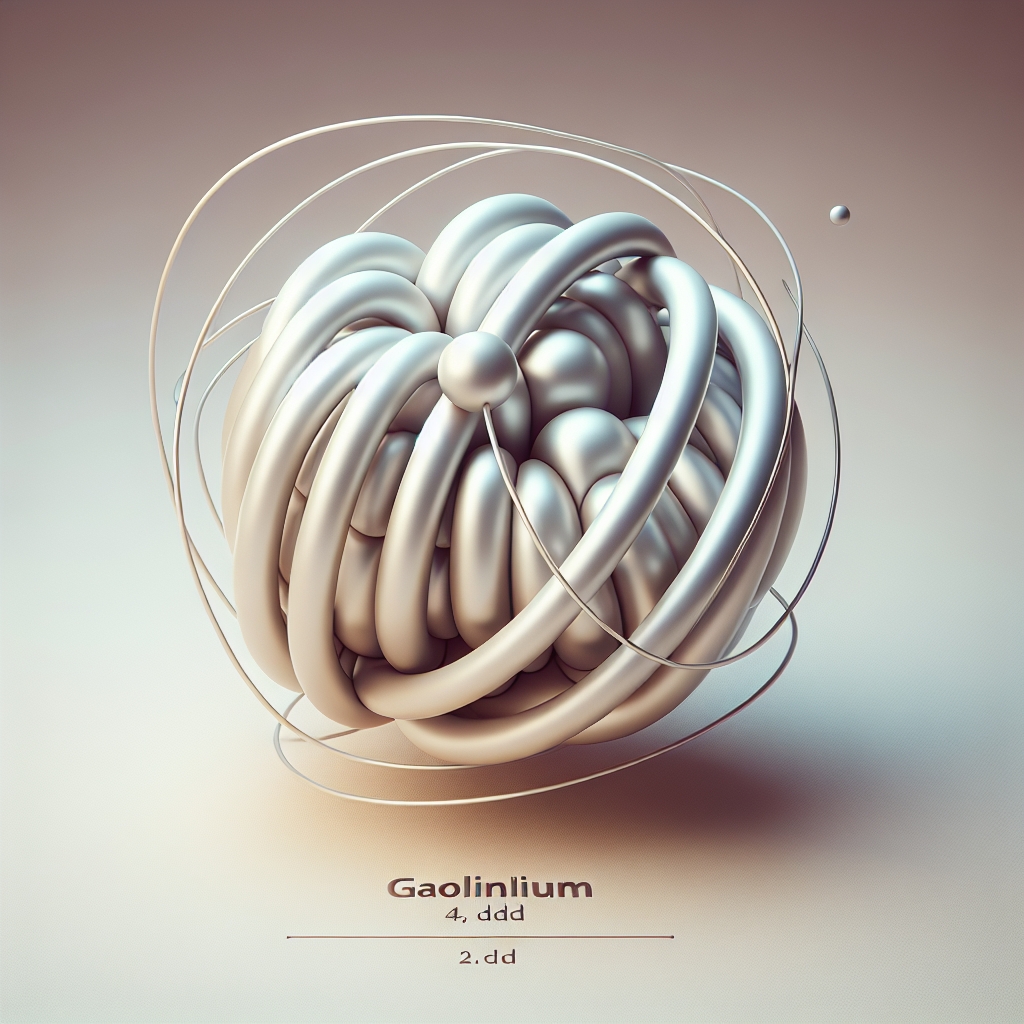Gadolinium, a chemical element with the symbol Gd and atomic number 64, is a silvery-white, malleable, and ductile rare earth metal. It is found in the lanthanide series of the periodic table and is known for its unique properties, including its use in various industrial and medical applications. Understanding the atomic mass of gadolinium is crucial for scientists and researchers working in fields such as nuclear physics, chemistry, and materials science. This article delves into the atomic mass of gadolinium, its significance, and its applications in various domains.
Understanding Atomic Mass
The atomic mass of an element, often expressed in atomic mass units (amu), is a weighted average mass of the atoms in a naturally occurring sample of the element. It takes into account the various isotopes of the element and their abundance on Earth. The concept of atomic mass is fundamental in the study of chemistry and physics as it influences the behavior of elements in reactions and their physical properties.
Gadolinium, like other elements, has several isotopes, each with a different mass number. The atomic mass of gadolinium is approximately 157.25 amu. This value represents the weighted average of the masses of all the naturally occurring isotopes of gadolinium. The precise value can vary slightly in different sources due to variations in the isotopic composition of gadolinium in nature.
The significance of the atomic mass of gadolinium extends beyond basic scientific curiosity. It plays a crucial role in the calculation of molar masses, which are essential for stoichiometry in chemical reactions. Additionally, the atomic mass is a key factor in determining the physical and chemical properties of gadolinium, influencing its density, melting point, and reactivity.
Gadolinium’s Isotopes and Their Applications
Gadolinium has several naturally occurring isotopes, including ^154Gd, ^155Gd, ^156Gd, ^157Gd, ^158Gd, and ^160Gd. Among these, ^158Gd and ^160Gd are the most abundant. Each isotope of gadolinium has unique nuclear properties that make it useful for various applications in science and industry.
- ^157Gd: This isotope has a high neutron capture cross-section, making it particularly useful in neutron radiography and in nuclear reactors as a burnable poison to regulate the reactor’s neutron economy.
- ^160Gd: Due to its stability and abundance, this isotope is often used in research and in the calibration of mass spectrometers.
In addition to these natural isotopes, scientists have synthesized radioactive isotopes of gadolinium, such as ^153Gd, which are used in medical diagnostics. For example, ^153Gd is used in dual-energy X-ray absorptiometry (DEXA) scans to measure bone density and diagnose osteoporosis.
Gadolinium in Industry and Medicine
Gadolinium’s unique properties, including its atomic mass and magnetic characteristics, make it invaluable in various industrial and medical applications. In the medical field, gadolinium is best known for its role as a contrast agent in magnetic resonance imaging (MRI). Gadolinium-based contrast agents (GBCAs) enhance the quality of MRI scans by improving the visibility of internal structures. This application leverages the element’s high magnetic moment and paramagnetic properties, which interact with the magnetic fields used in MRI technology.
In the realm of industry, gadolinium is used in the manufacturing of gadolinium yttrium garnet (GYG), which is utilized in microwave applications and in the fabrication of various optical components. Gadolinium is also a component in the production of phosphors for color television tubes and LEDs.
Furthermore, the thermal neutron capture abilities of certain gadolinium isotopes have led to their use in nuclear reactors. Gadolinium acts as a neutron absorber, helping to control the nuclear fission process and maintain the safety and efficiency of the reactor.
In conclusion, the atomic mass of gadolinium, 157.25 amu, is a fundamental characteristic that influences its behavior and applications in science and industry. From enhancing MRI scans to controlling nuclear reactions, the unique properties of gadolinium and its isotopes play a crucial role in advancing technology and improving lives. As research continues, the potential uses of gadolinium are likely to expand, further demonstrating the importance of understanding this remarkable element’s atomic mass and properties.

